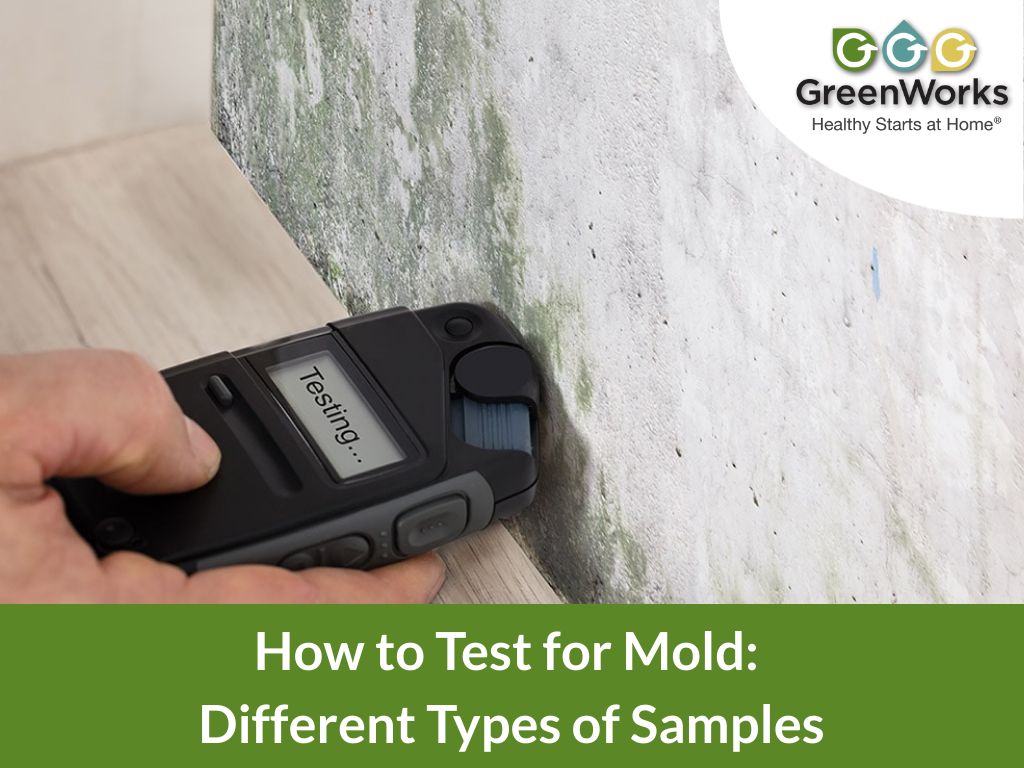The Role of Mycotoxin testing Services in Food and Feed Safety
The Role of Mycotoxin testing Services in Food and Feed Safety
Blog Article
The Need of Mycotoxin Checking in Agricultural Products to Make Certain Customer Security
The requirement of mycotoxin screening in agricultural products is a vital facet of public wellness and safety and security that calls for thorough assessment. Mycotoxins, toxic substances generated by certain fungis, can penetrate various crops, leading to substantial wellness dangers for customers, such as carcinogenic effects and body organ damage.
Understanding Mycotoxins
Mycotoxins, harmful secondary metabolites created by particular fungi, offer a considerable danger to agricultural items and human health and wellness. These substances are created by different varieties of mold and mildews, such as Aspergillus, Fusarium, and Penicillium, which can contaminate plants both pre- and post-harvest - Mycotoxin testing Services. The most usual mycotoxins consist of aflatoxins, ochratoxin A, fumonisins, zearalenone, and deoxynivalenol (DON)
Mycotoxin contamination can take place under details ecological conditions, such as high moisture and temperature level, which favor the growth of mold. Agricultural items like grains, nuts, flavors, dried out fruits, and coffee are especially prone. The existence of mycotoxins in these products can result in substantial economic losses due to lowered crop returns and the requirement for rigorous testing and decontamination processes.
Comprehending the biochemical nature and formation of mycotoxins is necessary for establishing effective reduction approaches. Research study has revealed that mycotoxins show a variety of chemical frameworks and homes, making discovery and elimination challenging. Advanced analytical techniques, including chromatography and mass spectrometry, are made use of to identify and evaluate mycotoxins in agricultural items, ensuring that contamination degrees stay within secure limitations established by regulative bodies.
Health Threats of Mycotoxins
Offered the significant dangers linked with mycotoxins in farming products, comprehending their effect on health is paramount. Mycotoxins, harmful additional metabolites created by fungis, present extreme risks to both human and animal health and wellness.
Severe mycotoxin poisoning, although much less usual, can cause immediate and severe health issue such as liver damages, stomach disruptions, and hemorrhaging. Ochratoxin A, an additional potent mycotoxin, is connected to kidney damage and has possible cancer causing results. Fumonisins, mainly influencing maize, are connected with esophageal cancer cells and neural tube issues.

Common Resources of Contamination
Understanding the usual resources of contamination is vital for effectively handling and alleviating the risks positioned by mycotoxins. Mycotoxins are toxic second metabolites generated by particular kinds of fungis, which can infect agricultural products at various phases of production, handling, and storage. The primary sources of contamination consist of area problems, post-harvest handling, and storage space atmospheres.
Area conditions play a significant role, with elements like climate, crop sensitivity, and soil health and wellness affecting fungal development. Crops such as corn, peanuts, wheat, and tree nuts are especially vulnerable to hop over to here mycotoxin-producing fungi like Aspergillus, Fusarium, and Penicillium types. Insufficient plant rotation and poor pest monitoring can aggravate the risk of contamination.
Post-harvest handling from this source is an additional critical point where contamination can happen. Mechanical damage throughout harvesting and transportation produces entrance points for fungi, while improper drying out techniques can leave wetness degrees high sufficient to support fungal development.
Storage atmospheres add dramatically to contamination dangers. Poorly maintained storage space facilities with high humidity and temperature levels develop ideal problems for mycotoxin manufacturing. Regular evaluations and appropriate storage problems are essential in suppressing this danger.
Mycotoxin Evaluating Approaches
Reliable management of mycotoxin contamination hinges not just on recognizing potential resources yet also on carrying out robust testing methods to detect these damaging substances. Mycotoxin screening approaches can be extensively categorized into immunochemical and chromatographic methods.
On the other hand, enzyme-linked immunosorbent assay (ELISA) and lateral circulation assays are famous immunochemical methods. ELISA, in particular, is extensively used due to its cost-effectiveness, convenience of usage, and rapid turnaround time. Side flow assays give fast, on-site testing abilities, making them suitable for area applications where immediate decisions are necessary.
In addition, advancements in molecular biology have introduced PCR-based approaches qualified of identifying mycotoxin-producing fungi at hereditary levels, providing an anticipating method to contamination danger. Incorporating these diverse approaches improves the integrity and comprehensiveness of mycotoxin detection, making sure that agricultural items meet safety and security standards and protecting consumers from possible wellness risks.
Benefits of Regular Examining

Normal mycotoxin screening supplies considerable advantages that significantly strengthen agricultural safety and security and quality. One of the main benefits is the defense of consumer wellness. Mycotoxins, harmful substances produced by certain fungi, can infect food and position major wellness risks, including cancer cells and acute poisoning. Normal testing ensures that contaminated items wikipedia reference do not reach consumers, therefore minimizing health threats.
Additionally, regular screening aids in keeping the honesty and credibility of agricultural manufacturers. By carefully managing and keeping an eye on mycotoxin degrees, manufacturers can prevent expensive recalls and lawful consequences. This not just ensures conformity with rigorous international safety and security standards but also promotes consumer trust fund and commitment.

Conclusion
The requirement of mycotoxin testing in farming products is underscored by the considerable wellness threats posed by these toxic compounds. It boosts the online reputation of producers and cultivates depend on within the farming supply chain, ultimately safeguarding public wellness.
The need of mycotoxin screening in agricultural products is an important element of public health and security that necessitates extensive exam. Mycotoxins, poisonous compounds produced by specific fungi, can infiltrate various crops, leading to substantial health and wellness risks for consumers, such as carcinogenic impacts and body organ damage.Mycotoxins, hazardous second metabolites generated by specific fungis, provide a significant danger to farming products and human health and wellness.Provided the significant threats connected with mycotoxins in agricultural products, understanding their impact on health is extremely important (Mycotoxin testing Services).The requirement of mycotoxin screening in farming products is highlighted by the significant health and wellness threats posed by these hazardous substances
Report this page